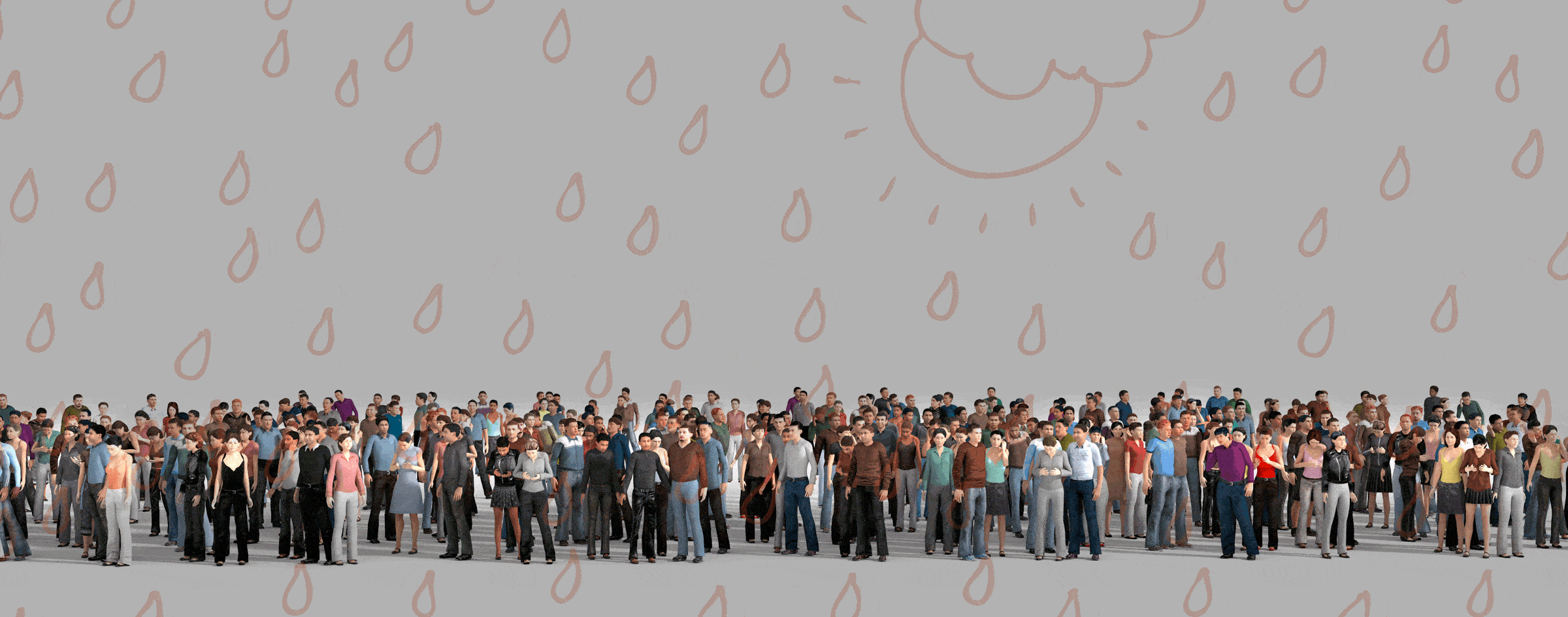If you’re anything like the staff at LoSasso, it’s safe to assume your one regret since joining the workforce is the pitiful lack of pop quizzes. To remedy this, please clear your desks, take out a pencil and (eyes forward) explain the difference between “empathy” and “sympathy.”
For those who answered that empathy is “the ability to understand and share the feelings of another,” while sympathy revolves around “feelings of pity and sorrow for someone else’s misfortune,” you’re free to go to lunch. The rest of you? Detention.
One could say that empathy takes sympathy to the next level—whereas the latter is simply an acknowledgement, the former involves sharing an emotion. It’s a critical skill, empathy, not just in life, but also in business, where it’s fast becoming the “special sauce” flavoring corporate success. According to the London-based consulting firm The Empathy Business, creators of the annual Global Empathy Index, “the top 10 companies [in the 2015 Index] increased in value more than twice as much as the bottom 10, and generated 50% more earnings (defined by market capitalization). More empathy means more profit, but also happier, more loyal staff.”
It should come as no surprise, then, that a recent Money article noted that “from c-suite corporate retreats to training sessions for design engineers, companies are working to inject empathy into their businesses to help managers become better leaders and companies develop better products.”
Which begs the question: how do we, as marketers, leverage this trend toward empathy?
Perhaps the best way to answer the question starts with applying the prism of marketing to a few of the 6 habits of highly empathetic people, defined as such by respected author, academic and sociology expert, Roman Krznaric, Ph.D.
Highly Empathetic Habit: Cultivate curiosity about strangers
In marketing, if we’re not relentlessly inquisitive about the wants, needs, worldview, and challenges of our customers and prospects, how can we possibly craft messaging that resonates? We have to meet our audience in their headspace rather than our own. In other words, it’s not about our product, our services or our pricing, but rat
her how the three help reduce the audience’s pain and frustration. And while it’s not always easy or convenient to pursue this level of customer/prospect insight, it’s a must. “One-size-fits-all is dead,” notes a recent Business2Community article, “and companies who cling to it will either stagnate or disappear.”
Highly Empathetic Habit: Try another person’s life
As marketers, it’s easy to assume that, because we’ve done our due diligence on the wants and needs of clients and prospects, we’re good to go in terms of planning and execution. However, just imagine how much deeper our level of understanding could be if enhanced by direct experience. Say, for instance, you’re preparing to market a breakthrough design in coffee cups. Wouldn’t it make sense to spend a day behind the counter at a Starbucks assisting the barista to augment your insight into the space?
Or how about this real-world example — a bit outside the purview of marketing, but relevant nonetheless. The Ford Motor Company, in order to advance sensitivity to the extra weight, back pain and bladder discomfort pregnant women experience getting in and out of cars, has its engineers wear “The Empathy Belly,” a weighted garment offering a medically-accurate sensation of pregnancy.
Highly Empathetic Habit: Inspire mass action and social change
In explaining this habit, Krznaric notes that “We typically assume empathy happens at the level of individuals, but Highly Empathetic People understand that empathy can also be a mass phenomenon that brings about fundamental social change.” In other words, it should be something you do rather than simply feel.
In the marketing realm, Kevin McKeon, writing in Advertising Age, notes that Delta Airlines, in response to so much terrible publicity within the industry, is doing just that; the company is “empowering their employees to do whatever it takes to alleviate passenger stress"—in one case, by ordering pizzas for an entire flight. If you don't take that next step, and turn empathy from feeling to action, well ... were you ever really all that empathetic in the first place?” He continues: “Use empathy to power action. To go make things. Things that serve people's needs. Things that brighten people's days. Things that add value. Things that make people love your brand, because your brand is thinking about them.”
Empathy. While it doesn’t always necessitate the donning of a medically accurate pregnancy belly, it’s something marketers can’t ignore in their strategic planning and execution. To do otherwise chances you’ll end up the object of sympathy when your messaging fails to resonate.


